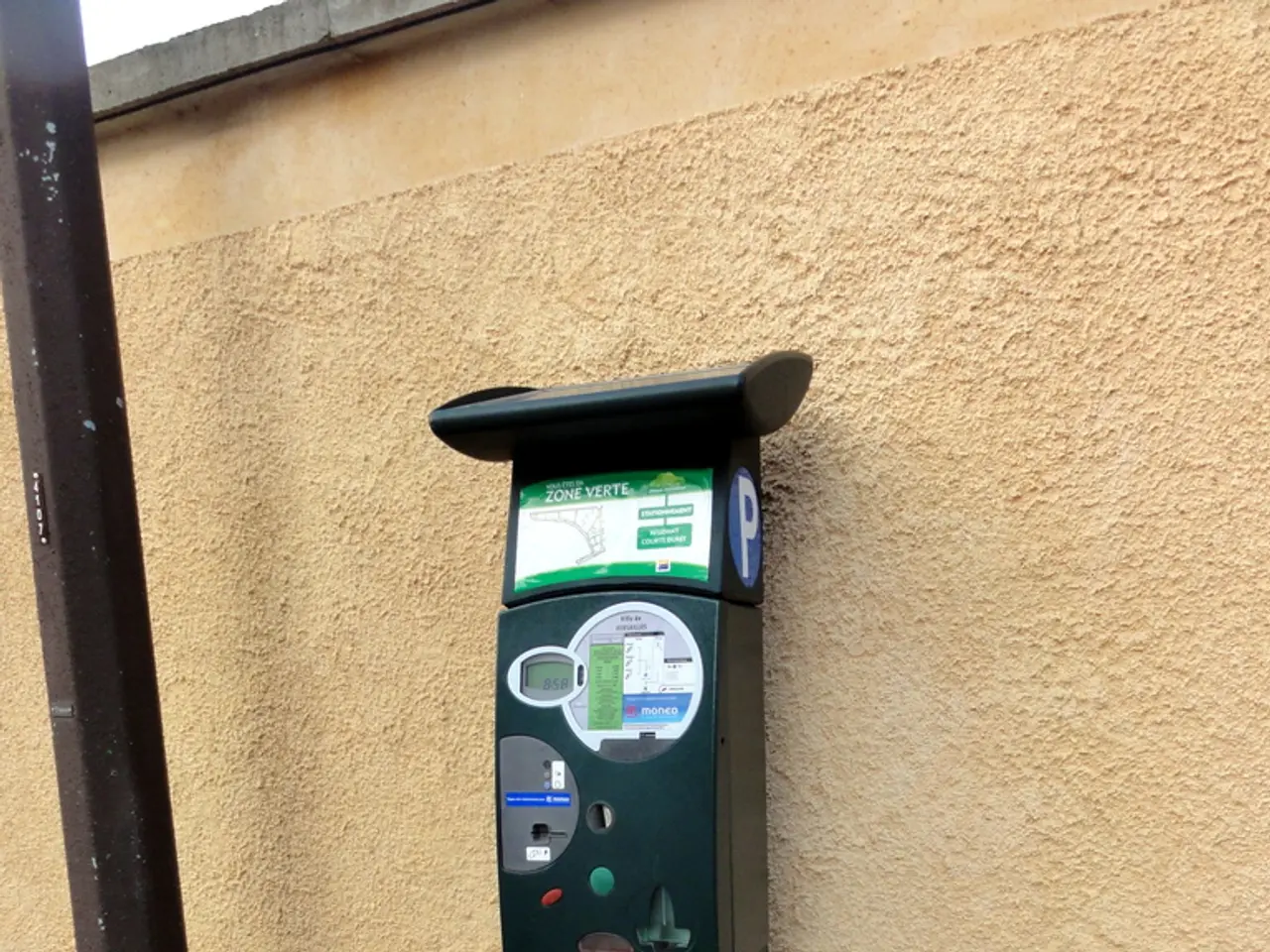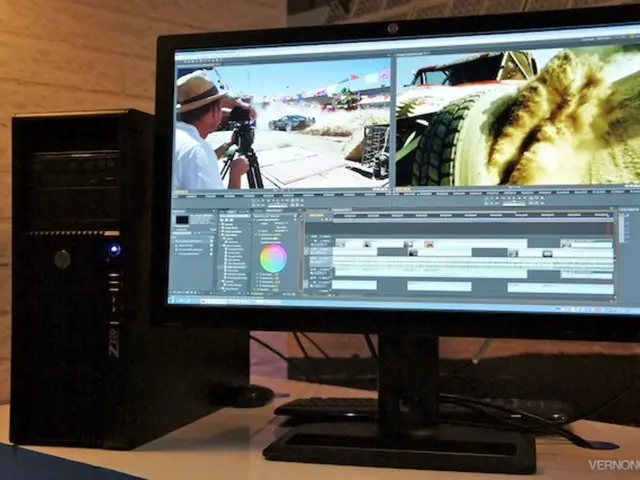2025's Top Local LLMs: Deployable, Reliable, and Practical
2025 saw significant advancements in local Large Language Models (LLMs). Five robust families now offer reliable specs and first-class local runners, making them deployable. These include Llama 3.1, Qwen3, Gemma 2, Mixtral 8×7B, and Phi-4-mini. Key models like DeepSeek-R1-Distill-Qwen-7B and Meta Llama 3.1-8B have made on-prem and laptop inference practical.
Meta Llama 3.1-8B stands out as a daily driver with 128K context and excellent local toolchain support. For edge devices, Meta Llama 3.2-1B/3B offers edge-class models with the same context length. Qwen3-14B / 32B, under the Apache-2.0 license, provides strong general and multilingual capabilities with active community support.
Google's Gemma 2-9B / 27B offers efficient dense models with 8K context and good quantization behavior. Mixtral 8×7B (SMoE), a sparse MoE model with Apache-2.0 license, delivers strong performance for higher VRAM setups. Microsoft's Phi-4-mini-3.8B is a small model with 128K context, suitable for CPU/iGPU boxes and latency-sensitive tools.
DeepSeek-R1-Distill-Qwen-7B is a compact reasoning model that fits well on modest VRAM.
In 2025, the most deployable local LLMs are Llama 3.1, Qwen3, Gemma 2, Mixtral 8×7B, and Phi-4-mini. These models offer reliable specs, first-class local runners, and practical on-prem and laptop inference options. Meanwhile, the most widely used LLMs include OpenAI's GPT-5, Google's Gemini 2.5 Pro, Meta's Llama 4 series, Mistral Medium 3, Grok 4, and Anthropic's Claude 4.0.
Read also:
- EPA Administrator Zeldin travels to Iowa, reveals fresh EPA DEF guidelines, attends State Fair, commemorates One Big Beautiful Bill
- Leaders at HIT Forum 2025: Middle Powers Key to Asia's Security
- JPMorgan Chase Announces Plans for a Digital Bank Launch in Germany's Retail Sector
- Derrick Xiong, one of the pioneers behind the drone company EHang







